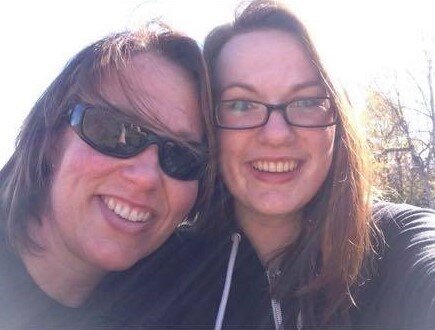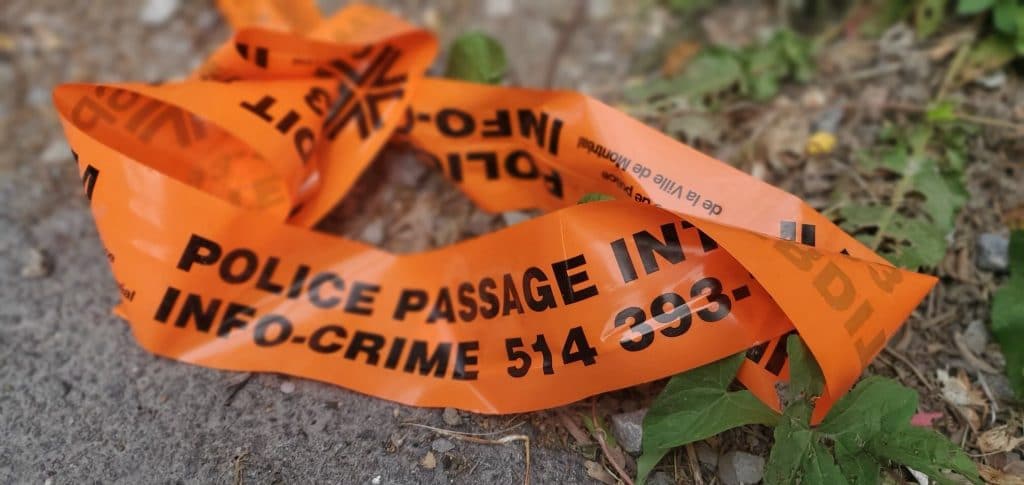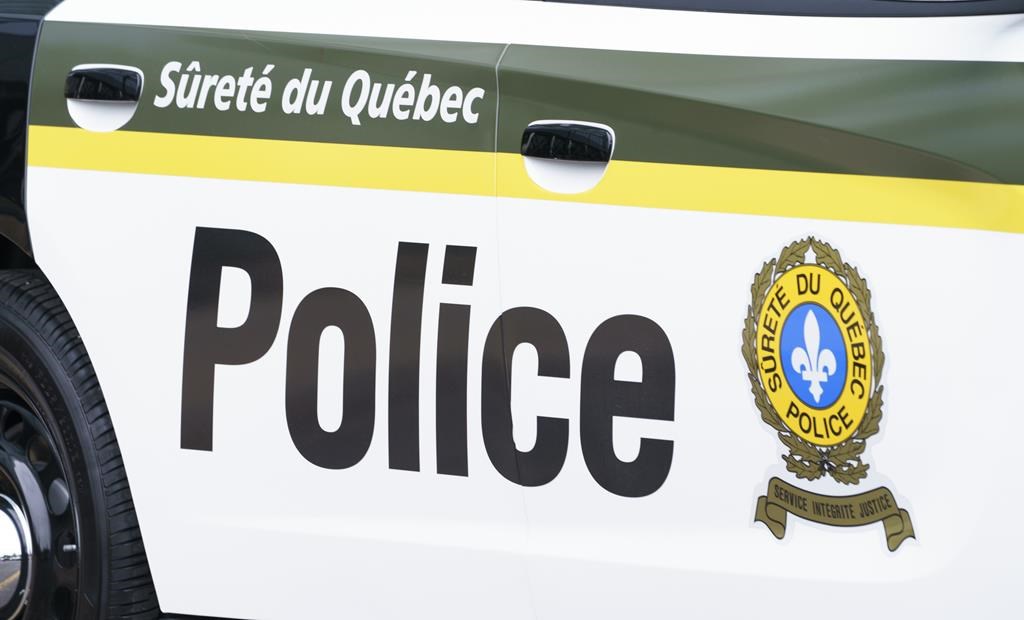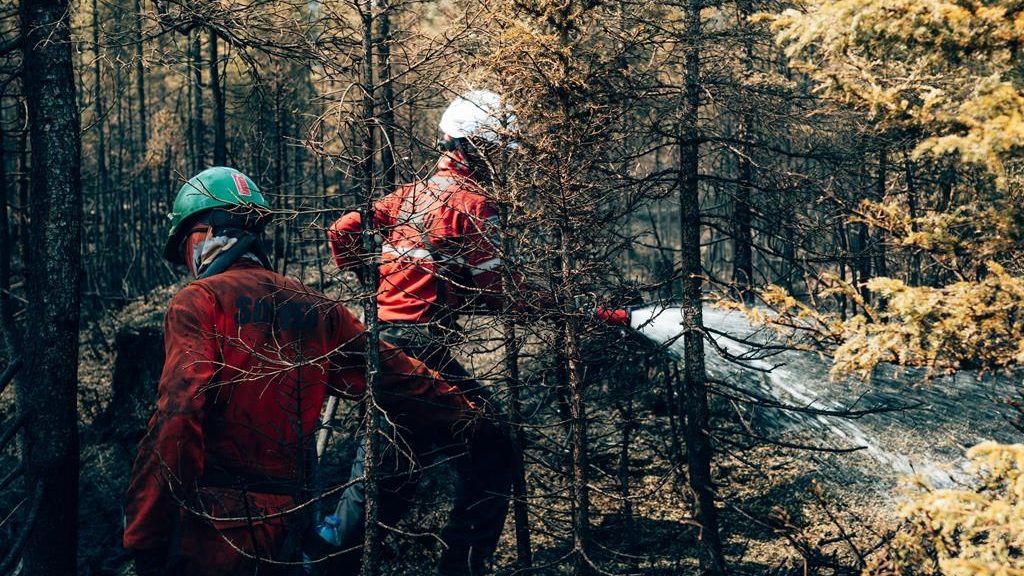Quebec mother wishes naloxone training in school could have saved her daughter
Posted June 16, 2022 11:29 pm.
Last Updated June 16, 2022 11:40 pm.
High school students across Canada will be given training on how to deal with a person overdosing on opioids.
Part of that training will include how to administer naloxone, the lifesaving drug that temporarily reverses the effects of opioid overdoses.
For one Quebec mother, this is welcome news. Though it’s something she wishes could’ve saved her daughter Sara-Jane, who died from an overdose three years ago, when she was 24.
“Even though my daughter died I think it’s like part of my life’s mission now just to work in that field and to advocate for changes so it doesn’t happen to other families,” said Isabelle Fortier, the Quebec regional leader of Moms Stop the Harm.
Fortier says her daughter began self-medicating because she was suffering from anxiety disorder.
“So what happened is that she basically went on the streets and then bought some fentanyl-laced drugs that actually killed her,” said Fortier. “She was on her own. She was alone in her room when she used. There was no one there to the administrator naloxone which could have saved her.”
Fortier doesn’t want other parents to go through the loss of a loved one like she did. She’s imploring Quebecers to learn about illicit drugs, the current toxic supply and how to prevent a deadly overdose.
Just saying “don’t do drugs” isn’t enough, says Fortier.
“Don’t think that your kid is not the kid who will be using because they could go to a party, even though they don’t have a substance use disorder, they could experiment. And unfortunately, they can die from this experiment.”
According to the Public Health Agency of Canada, there was a 95 per cent increase in apparent opioid toxicity deaths in 2020 compared to the year before, and deaths have remained high since.
“Know what you’re buying and since the illicit drug supply is so toxic, you don’t know what you’re taking,” she said. “So if you’re about to use, make sure that you never use alone, have someone in the group not taking any drugs. They kind of spot check what goes on.
“Have your naloxone kit with you, know how to recognize the signs of an overdose.”
RELATED:
- Canada not yet expanding drug decriminalization nationally: feds
- Overshadowed by a pandemic, Canada’s opioid crisis worsening as drugs become more potent
- ‘We’ve been there before:’ National phone line launches to prevent overdose deaths
- Pharmacists push to include naloxone kit with every opioid prescription
Some organizations – like GRIP Montreal – offer free, anonymous and confidential drug testing. Groups like Cactus Montreal provide safe injection sites and other services.
Signs of an overdose include: the person is breathing very slowly, erratically or not breathing at all; their lips turn blue/purple or gray; and choking, gurgling or vomiting.
In the event of an overdose, naloxone needs to be administered right away.
“So this is a nasal the nasal one. The nasal form. There’s also the injectable one. But kids will be trained with the nasal one,” said Fortier.
“Easy to use, and it’s free. And you could go to the pharmacist and ask for it and then they’ll give it to you for free. No questions asked usually. So this saves lives.”




